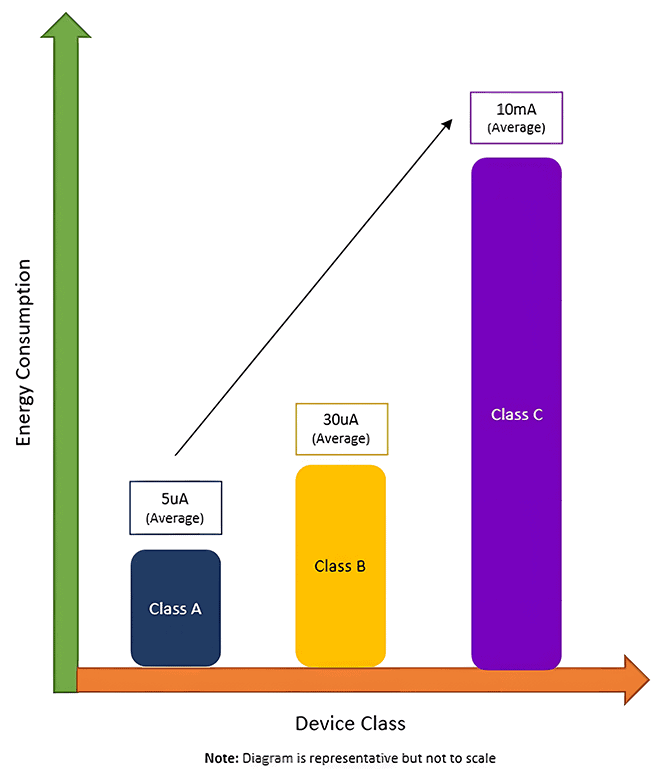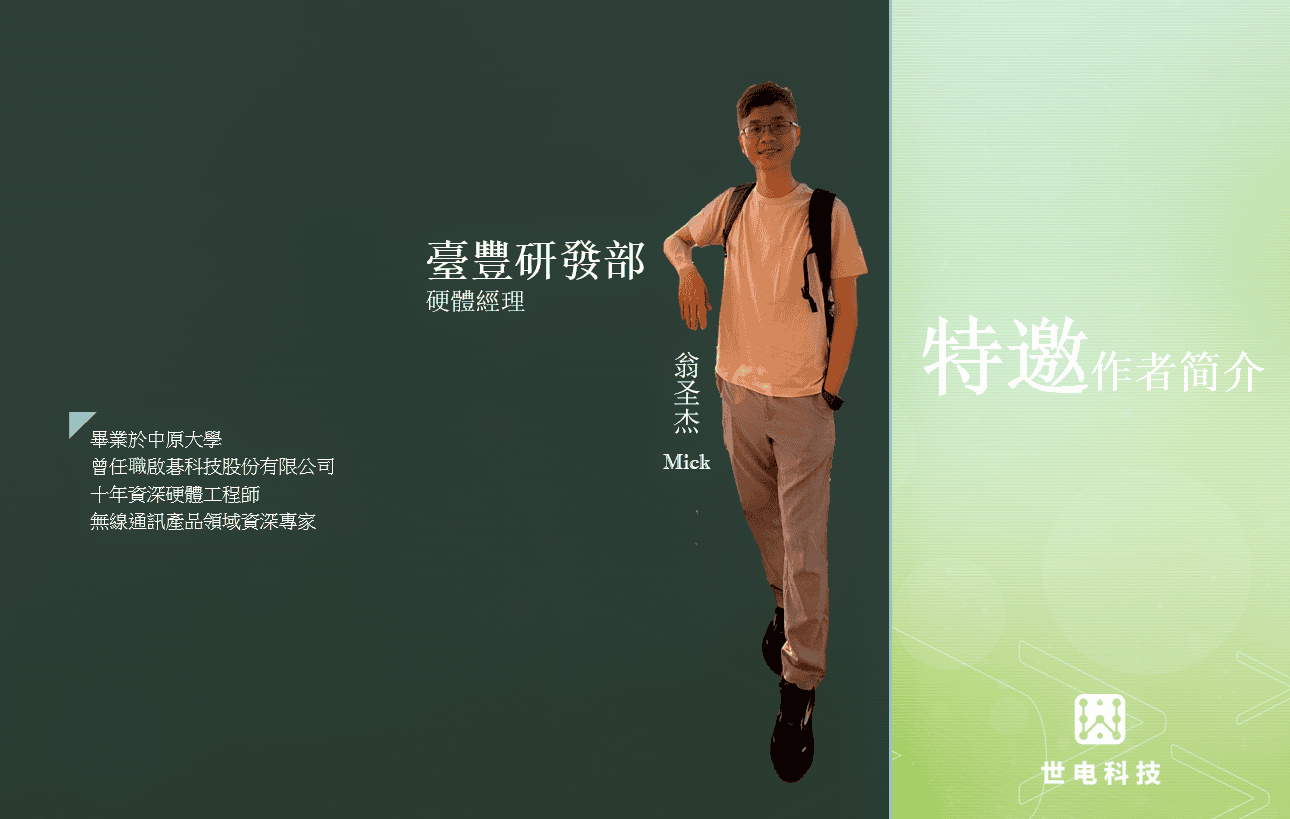popularization of knowledge
How to Optimize Power Consumption and Battery Life Guide for LoRa Devices
发表于 知识科普 |With the rapid growth of Internet of Things (IoT) applications, LoRa technology is gaining widespread attention for its low power consumption and long range transmission capabilities. Understanding and selecting the right class of LoRaWAN devices and adopting an effective optimization strategy are critical to improving device battery life and overall network performance.
LoRaWAN device classes and their energy consumption characteristics
According to the LoRaWAN® Device Classes document, LoRaWAN technology supports three main device classes:

Energy Consumption by Device Class
Class A (basic category)
- Communication Mode: Class A devices can initiate data transmission at any time, which is the most basic communication mode based on the Aloha protocol.
- Receive Window: the device automatically opens two short receive windows after each uplink transmission, which is the most power efficient of the three categories.
- Applicable Scenarios: Suitable for applications that do not send data frequently and have less downlink communication requirements, such as environmental monitoring and asset tracking.
Class B (beacon class)
- Timed reception: Class B devices add the function of receiving beacons at regular intervals on the basis of Class A, so that they can receive downlink data at a predetermined moment.
- Beacon Synchronization: The device receives beacons from the network at regular intervals to synchronize its reception window.
- Applicable Scenarios: Suitable for applications that need to receive data updates or commands on a regular basis, such as smart agriculture, urban lighting control, etc.
Class C (continuous reception category)
- Continuous reception: Except when sending uplink data, Class C devices are in reception almost all the time to ensure the lowest possible communication latency.
- High Power Consumption: Devices in this category consume more power due to continuous reception, and are suitable for applications with sufficient power supply.
- Scenario: Latency-sensitive applications such as industrial automation and urban traffic management systems.
Optimizing communication strategies
- Adjusting Transmission Frequency: For Class A and Class B devices, setting the frequency of data uploads appropriately can significantly reduce power consumption. For example, reduce non-essential data transfers and send data only when there is a significant change in the sensor reading.
- Utilizing the timed reception window of Class B: Appropriate adjustments to the reception window interval and duration of Class B devices, as well as the reception of synchronized beacons, can effectively balance energy consumption and network response requirements.
Utilizing low-power operation technology
- Sleep Mode: During periods of inactivity, the device should be set to enter a deep sleep mode that turns off non-essential hardware functions, such as wireless communication modules, to greatly reduce power consumption during standby.
- Optimization of reception windows: For all classes of equipment, precise control of the opening time and duration of the reception window ensures that the window is opened only when necessary to reduce ineffective energy consumption.
Intelligent Data Management
- Data Integration: Data preprocessing and aggregation is performed on the device side, and only necessary and consolidated data is transmitted to the server, reducing the amount of data that needs to be sent and thus saving energy.
- Adaptive Data Rate (ADR): The LoRaWAN network supports ADR functionality that dynamically adjusts the data rate based on network conditions for optimal energy efficiency.
reach a verdict
Properly selecting and configuring the LoRaWAN device class and implementing the optimization strategies described above can significantly extend device battery life while maintaining good network performance. This is especially important for energy-sensitive IoT applications. These strategies not only help protect the environment, but also reduce operational costs and improve the sustainability and efficiency of the overall system.

Content Reviewer:Mick Weng





